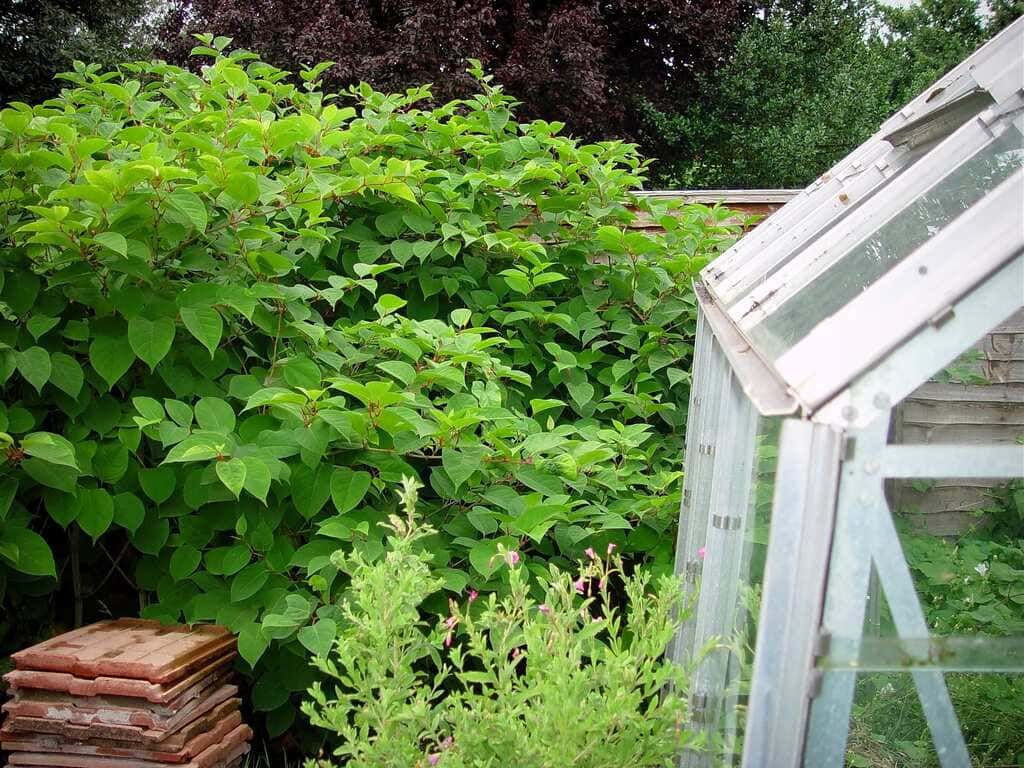
You may have heard worrying stories of Japanese knotweed devaluing properties or of people having mortgage struggles if they are either purchasing or selling a house with traces of the plant present. Japanese knotweed management can be a real struggle. Here is a short guide to the plant, which should answer at least some of your questions relating to Japanese knotweed.
Japanese knotweed is a large, extremely fast growing herbaceous perennial plant which is native to East Asia. It grew on the sides of volcanoes and was brought over to Europe intentionally in the 19th century by a botanist, as it was lauded for its beauty.
So What Does It Look Like?
In springtime when the plant begins its regrowth, it consists of purple/red fleshy stems, from which emerge small buds that are sort of pink in colour. These grow surprisingly fast and by summer time they will have transformed into dense bamboo style canes. Branches begin to form off the 2 metre high canes with leaves at the ends.
The leaves are roughly shaped like hearts and at their biggest they can be about 14cm in length. Typically, towards the end of Summer and the beginning of Autumn, white/cream coloured flower tassels tassels start to appear around the leaves. In winter, the stems die down again back to ground level but the long dry canes remain.
Why Has It Become So Problematic?
Given the plants origins in the harsh dry conditions of a volcanic landscape, it adapted to become extremely resilient. It survived due to energy stores located deep down in its roots system. Japanese knotweed removal can therefore be a complicated process.
In Britain, without the harsh and dry conditions holding it back, Japanese knotweed has the potential to grow uncontrollably, sometimes at a rate of 20cm per day. Not only this, but its roots can grow 3 meters below the ground. Overground, the plant will grow through concrete and tarmac with ease. This is where the property related problems begin because it can cause significant damage to the structure of a property, making it dangerous and highly devaluing it.
Japanese knotweed has the ability to regrow at any time from the tiniest fragment of rhizomes (the deep root system). Because this resilient root system grows so far below the ground, it is extremely difficult to completely get rid of all traces of the plant. If you do leave any traces undestroyed, it will just grow back again.
You might be wondering, how does all this affect me? Well if you are either selling or buying a house it is very important to find out if Japanese knotweed is present on the property. Nearly all UK lending companies will not lend against properties if a surveyor identifies its presence. Additionally, if you are selling your home, it is a legal requirement to state whether Japanese knotweed exists within the property.
If you need Japanese knotweed removed from your property, get in touch with CYB Environmental. We will discuss the best removal plan with you, specific to your requirements.

